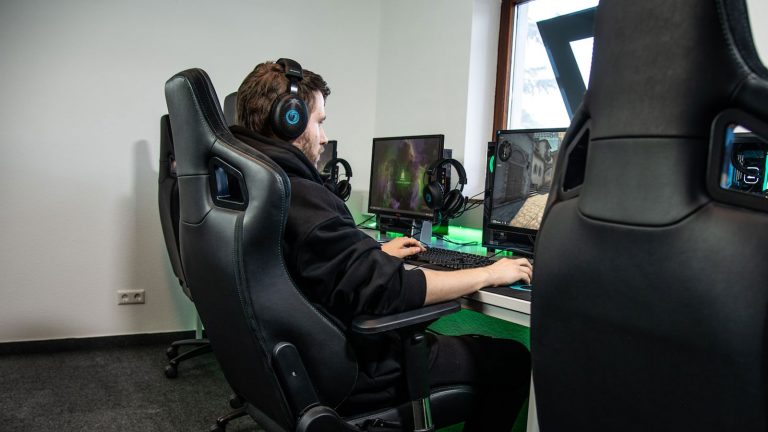One type of business often overlooked, even by adults, is game design. Thanks to the internet and several independent game designer platforms, it’s easy for anyone with creative skills to think up an idea for a new game, create the game pieces, and publish the game. With the right marketing, you can even turn your game into the latest sensation.
Pros
- Be your own boss.
- Use your natural creativity doing something you enjoy.
- It’s fun.
- You can benefit from the product of your labor by playing the game with your friends.
Cons
- Game design is not as easy as it may seem. A basic understanding of human nature and game play dynamics would be helpful.
- The gaming industry is very competitive.
- You’ll need to get good at marketing if you’re going to make any money from your games, and that’s hard work.
How to get started:
NOTE: Before you start your business, you should read the page on this website entitled “things to think about before you get started.” After you have taken the preliminary steps for starting any business, you can take the specific steps outlined below.
If you want to be a game designer, the first thing you’ll need to do is decide what kind of game you want to make. Categories include card games, board games, tabletop role-playing games, strategy games – and more. The only limit is your imagination. Games can test players’ knowledge, creativity, quick-wittedness – or they can just be silly and fun.
Hint: Start small, for example, a game that uses only cards. As you get better at creating games, move up to more complex types of games that involve more planning and skill in creating.
Step One
Sign up at an independent game-making platform.
- The Game Crafter is popular and has great tools such as crowdfunding and a forum where you can ask questions of other game makers.
- MakeMyGame headquarters is located in Belgium, but the platform has tools for anyone interested in creating board games and card games, including templates.
- Board Games Maker is an international company with offices in the U.S., China, and Hong Kong. They’ve got over 30 years’ experience in making board game components.
Each of these platforms uses the print-on-demand model for making game design pieces.
Step Two
Now that you’ve decided what kind of game to make and you’ve signed up for the platform of choice, play around with the game design tools of the platform to get familiar with them. Then design your game pieces and rules of the game.
Step Three
Play test your game.
Before you unleash your game on the public, you should buy a copy for yourself and play it with your friends. Does it work out in reality the way you imagined? Is it too confusing, too challenging, not challenging enough?
If necessary, tweak the rules or game design as necessary to improve it. Be sure to get the feedback of your friends, and reward them for helping you test your game with pizza and soda. It’s a great excuse to have a party.
Step Four
Finalize your game. Make sure the rules are clear and easy to understand, and that the design is interesting and inviting.
Step Five
Promote your game.
Most game-making platforms have a way to promote your game to other game enthusiasts on the platform. You can also promote your game through your social media accounts and through your network of friends locally. That may include your church, scout troop, school, and other organizations you and your parents belong to.
Hot tip: Get your parents, siblings and friends involved in helping you promote your game. To make it fun, offer a contest to the person who sells the most copies of your board game in a month. Make the prize something fun but something you can afford – e.g., take the winners out for pizza or ice cream.
How much to charge:
Games come in all types, shapes, and sizes. Price should be determined by your cost in creating the game. You’ll have to buy certain materials during the testing and production process, and each of the game-making platforms tell you how much each component of your game costs to make at the time of printing. One good rule of thumb is to double that production cost, or triple it to account for your time in creating the game, to determine your sales price.
Taking it to the next level
If you have a solid game that you think has potential to make it big, enter a game contest like the Young Inventor Challenge. (Want inspiration? Read our post from last year about two 13-year-olds who invented a game and won the grand prize in that challenge.)
Also, you’ll also want to build a website after creating your first game. That will help you market your games to the right audience – and, when you come up with more games, you’ll have a convenient way to sell all of them.








